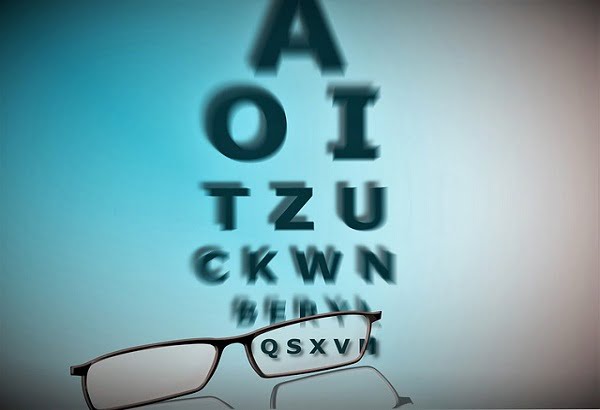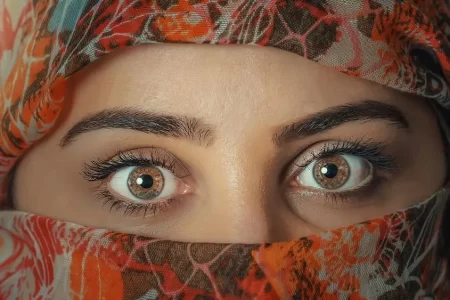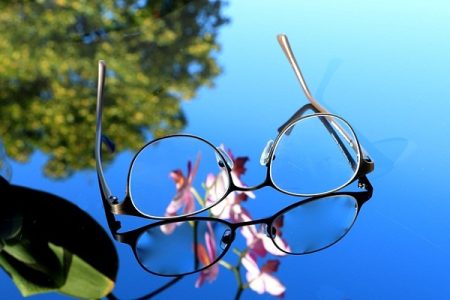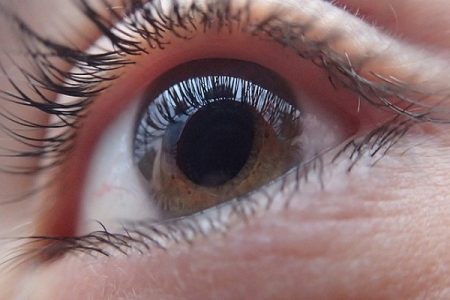Vision Aids or Visual Aids for Macular Degeneration
- Updated on: Jul 9, 2024
- 3 min Read
- Published on Oct 2, 2019


What are macular degeneration visual aids?
Technology has now brought forward a ray of vision for people with losing sight to live and work like people with normal vision. It has become easier for people suffering with diseases like age-related macular degeneration, glaucoma, etc to accomplish their day to day tasks and maintain their independence by these practical aids.
These living aids are manufactured in such a way that it becomes convenient for a patient of macular degeneration to use it autonomously and enjoy the quality of life. These aids are optical devices which improve vision by the magnification of images.
Types of visual aids for age-related macular degeneration
There are three types of visual aid devices for macular degeneration:
High plus lenses for macular degeneration
Generally, convex lenses are used to increase the quality of vision and magnify the images by simply bringing the objects that are near to the eye into focus.
External telescopes
Telescopic devices are best for distant objects to be viewed. However, the visual field is reduced using telescopes which can be then modified by addition of magnifiers for increasing the visual aid for patients.
A high minus centre intraocular lens combined with high plus glasses
These are best for people with high negative power. People suffering with cataract and macular degeneration use high power intraocular lens glass to get a clear vision.
More: Is Macular Degeneration Hereditary?
More: Macular Degeneration (Age-Related Macular Degeneration): Causes, Symptoms, Diagnosis, Treatment
Tools or equipment to increase the vision in people with macular degeneration
There are a few simple tools as listed below to help increase the vision in visual aids:
Vision magnifiers
Magnifying glasses are used to increase the vision and formation of enlarged images in these vision aids for macular degeneration devices. These low vision magnifiers help in reading the books, viewing enlarged pictures, etc.
Pocket size magnifiers or hand held magnifiers are common magnifying objects used in these magnifiers.
Another example of vision magnifiers is an illuminated optical magnifier which enhances vision by illuminating the source material. This is a battery powered unit with both hard and soft light options in it.
Telescopic devices as vision aids for macular degeneration
These devices have two-lens systems in which one lens is used to produce an image near the eye and the other lens is used to focus the image on the retina. These devices help to visualize distant objects clearly. They can be connected to computer screens or can be mounted on glasses to increase the visual capability. One such example for a telescopic device is Bioptic glasses.
Closed circuit television magnifiers
A CCTV magnification setup is a combination of a camera and a magnifying screen. The camera is supported with multiple magnifications which focuses on the object to be magnified.
These magnified images are visible on a TV screen and allow accomplishing extreme magnification.
Speech to text converter for assisting people with macular degeneration
The invention of new software such as speech to text converter have gained great acceptance these days. Such software are installed in a person’s phone or computer system to cater to an individual needs.
There are other software as well such as screen reading software, screen magnification software, zoom software etc that can be used in visual aids for macular degeneration.
Macular degeneration glasses
They are miniature telescopic special glasses used to magnify close distance objects to reduce the difficulty in not only reading but also in recognizing faces, blackboards, signboards which are generally about several feet away.
Other magnifying objects for visual aids for macular degeneration
Large print manuals, talking calculators and clocks, low vision games, large print cards, large button phones, desktop magnifiers, low vision watches, audio books, book magnifiers, TV glasses etc are some other devices that help to increase the vision of people with reduced vision due to macular degeneration.











